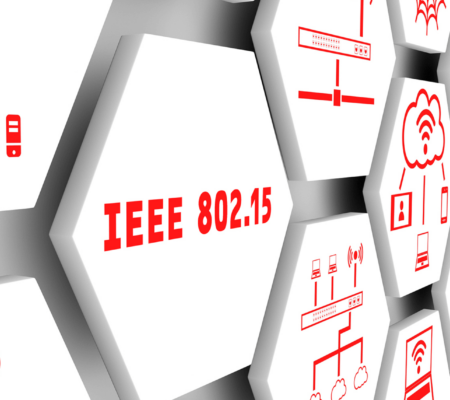
UWB Technology

Accurate
UWB technology is ten times more accurate than its counterparts Wi-Fi or Bluetooth, enabling centimetre-level accuracy.
Reliable
UWB has superior performance in multipath and reflections, penetrates obstacles and has no interference issues with other radio waves.
Real-time
Its high refresh rate of multiple times per second and low latency make it suitable for demanding real-time applications.
Secure
While signal-strength-based positioning technologies are easy to attack, several features make UWB extremely secure.
History
While recent years have been revolutionary for UWB, the technology has been around for a while. Below is a short overview of its evolution.

1895
Ultra-wideband’s birth dates back to the beginning of radio, when Guglielmo Marconi used spark-gap transmitters for radio communication over the Atlantic Ocean. He used radio waves to transmit Morse code, and the instrument he used became known as the radio.

1960
The technology evolved considerably in the mid-20th century, mainly in the US. UWB was restricted to military applications from the 1960s to the 1990s, as it proved to be useful for both radar and communication technology.

2002
In 2002 the Federal Communication Commission (FCC) finally allowed the unlicensed use of UWB systems in radar, public safety and data communication applications. Interest in UWB grew. Nevertheless, strict rules on allowed frequencies, power limits and disagreements between market players delayed the IEEE standardisation in the following years.

2019
Radios can take more than a decade to gain wide adoption, especially with regulation and the development of new chips involved. Compared to Bluetooth complementary technology, it has taken the same amount of time – 16 years from the first rulesets to reach a sufficient maturity level to be embedded into mass-market consumer mobile products. In 2019, Apple was the first to add a UWB chip to its new smartphone models.
UWB frequency spectrum
Ultra-wideband is a wireless radio technology intended for digital data transmission over short distances at low power density. The name reflects that the technology occupies a large bandwidth of the radio frequency spectrum. How large exactly? In unlicensed applications, the UWB uses short-duration pulses over a spectrum of frequencies between 3.1 GHz to 10.6 GHz.

How UWB works
Dive deeper and watch the video to see how our UWB-based system measures the positioning coordinates.

Why Eliko
Reliable
We put the core positioning technology first to provide you with reliable low-latency location data for your applications.
Efficent
Our hardware is highly optimised, which means you need up to half the hardware typically required to set up the infrastructure.
Tailored
Our flexible technology and agile team enable you to pilot quickly and configure the system to your application needs.
Supported
We guarantee full lifecycle support from solution consultation, network design and installation to maintenance.
Experienced
Our passionate and diverse team has 10+ years of experience with positioning technologies and 7+ years with UWB.
Future-proof
We grow alongside our partners and customers and continuously innovate to stay at the forefront of technological solutions.
Ready to innovate?

Frequently asked questions
UWB technology generates short pulses that can be measured very precisely. Combined with the time-of-flight (ToF) method for measurements, this enables it to achieve a precise location down to centimetres.
Like Bluetooth and Wi-Fi, ultra-wideband (UWB) is a short-range, wireless communication protocol that operates through radio waves. But unlike its counterparts, it operates at very high frequencies — a broad spectrum of GHz frequencies — and can be used to capture highly accurate spatial and directional data.
ToF – time-of-flight, sometimes called ToA – time-of-arrival.
TDoA – Time difference of arrival.
Both the ToF and TDoA methods rely on measuring the time it takes for the radio waves to travel a certain distance in the air. The difference between ToF and TDoA lies in the distances we actually measure and how we use them to calculate the position of the tag.
Read more about their pros and cons on our blog post:
Line of sight (LoS) is a type of propagation that can transmit and receive data only in cases where transmit and receive stations are in view of each other without any sort of an obstacle between them. (From Techopedia).
Yes, you can track objects in non-line-of-sight (nLoS) conditions with Eliko UWB RTLS, which allows tracking through walls and partitions. Eliko RTLS has been optimised for maximum possible coverage and reliability in challenging conditions. However, there are some materials that prove hard to penetrate, such as concrete, thick metal and materials with a high moisture and liquid content. Therefore, the accuracy is mainly dependent on the materials used in the walls and their thickness.
We have worked with customers from various industries with demanding tracking area conditions, which has given us practical knowledge for a range of cases. Contact our experts at to find the best solution for your specific case.
Eliko is shaping the future by offering next-generation positioning networks for digital solutions that depend on location data.
